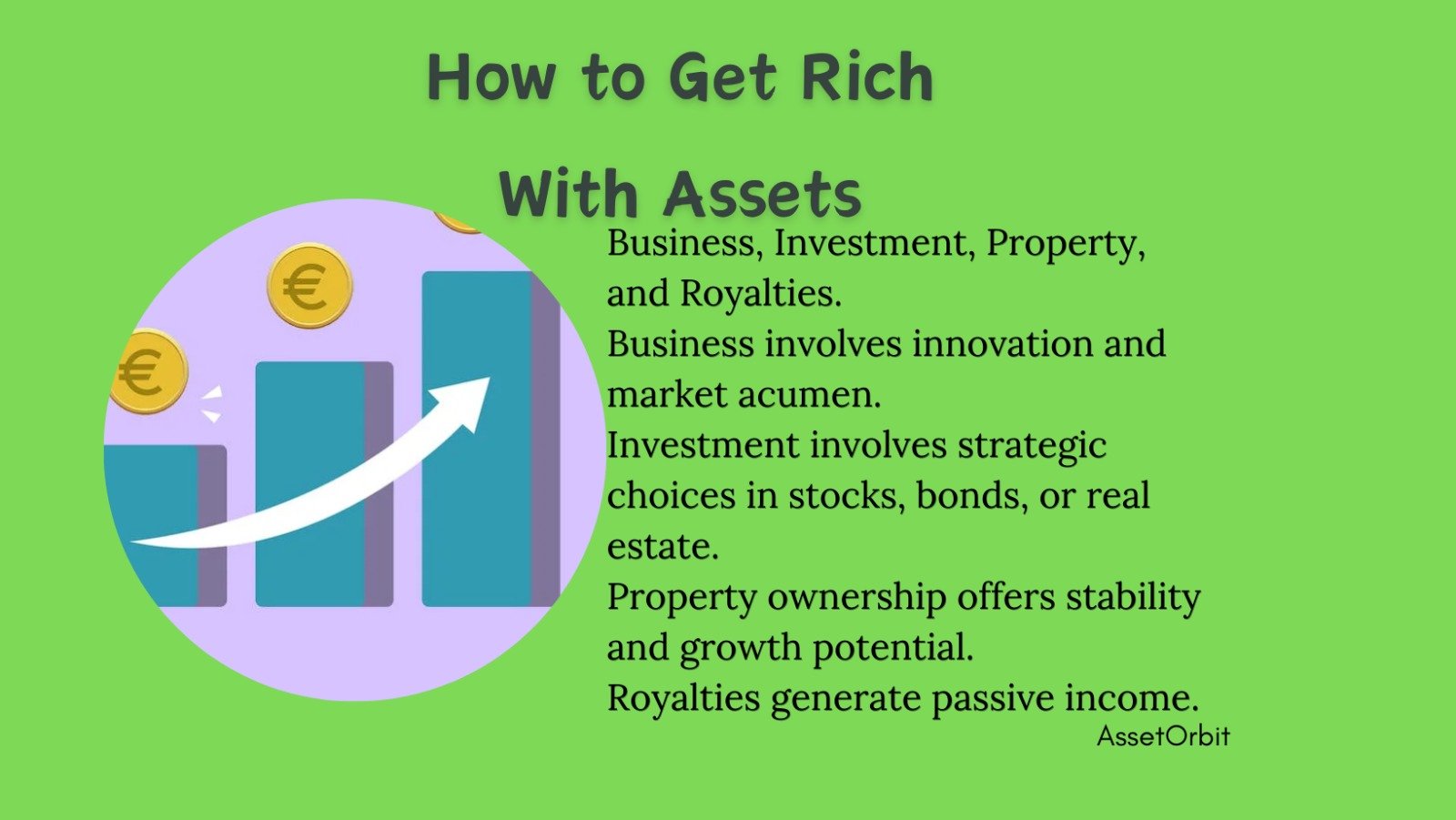Different types of assets
Assets are valuable resources owned by individuals, companies, or governments that are expected to generate future cash flows. They are categorized into Current and Noncurrent Assets based on their Convertibility, Physical existence into Tangible and Intangible assets; and Usage into Operating and Non-Operating Assets. These classifications help understand the diverse nature of assets in various contexts, allowing for a better understanding of their potential for future cash flows.
Asset Classification

1. Convertible Assets
Convertible assets are financial instruments or investments that can be easily and quickly converted into cash or another type of asset. These assets have a high level of liquidity, allowing the holder to convert them into cash without affecting their value significantly. Cash, marketable securities, and accounts receivable are examples of convertible assets. Individuals and organizations benefit from the capacity to quickly convert these assets, allowing them to meet immediate financial requirements or capture investment possibilities.
Current
Current assets are essential assets on a company’s balance sheet, including resources expected to be converted into cash or used up within a year or within the business’s normal operating cycle. They include cash, accounts receivable, inventory, and short-term investments. Monitoring current assets is crucial for assessing a company’s liquidity, short-term financial health, and capacity to cover immediate financial needs.
Examples of Current Assets
- Cash and cash equivalents
- Inventory
- Marketable Securities
- Account receivables
- Short-Term Investments
- Prepaid Expenses
Noncurrent
Noncurrent assets, also known as long-term assets or fixed assets, are assets that are expected to provide economic benefits for a longer period than a year or beyond a business’s normal operating cycle. These assets are essential for a company’s long-term operations and profitability. They include tangible assets like property, intangible assets like patents and trademarks, long-term investments, and other assets with a useful life beyond the next fiscal year. Noncurrent assets are reported on a company’s balance sheet and are crucial for assessing its financial health and investment in infrastructure or intellectual property.
Examples of noncurrent Assets
- Tangible Fixed Assets(like Property, Plant, and Equipment)
- Intangible Assets (like patents, copyrights, and Goodwill)
- Other Tangible Assets (like long term investments)
2. Physical Assets
Individuals or entities hold physical assets that have a visible and touchable presence. Real estate properties, vehicles, machinery, equipment, and physical objects utilized in day-to-day operations are all examples of assets. Furthermore, intangible assets such as patents, trademarks, and copyrights are regarded as part of the broader category of physical assets, contributing to an entity’s overall worth and strategic orientation. Effective physical asset management and appraisal are vital parts of financial planning, corporate operations, and long-term sustainability, ensuring a complete grasp of an individual’s or organization’s resource portfolio.
Tangible
Tangible assets, such as real estate, vehicles, machinery, equipment, and inventory, are physical, measurable assets used by companies to generate income and operational value. They are long-term and contribute to production, service delivery, and overall business activities. These assets are reported on the balance sheet and are subject to depreciation over their useful lives.
Examples of Tangible Assets
- Current assets like cash, inventory, marketable securities, etc.
- Noncurrent assets like property, plant, equipment, etc.
Intangible
Intangible assets, non-physical but significant for individuals, companies, or organizations, are long-term, non-physical assets that contribute to an entity’s overall value and competitive advantage.
Examples of Intangible Assets
- Copyrights, Patents, Trademarks, Software, Trade Secrets, Goodwill, etc.
3. Usage
Usage in asset management refers to their purpose or function, with assets categorized into operating assets, which are directly involved in daily operations, and non-operating assets, which are not central to primary business activities but are often held for investment or strategic purposes.
Operating
Operating assets are assets that a firm utilizes to create revenue in its day-to-day business operations. These assets are vital to the basic functions of the firm and contribute directly to its basic operations. Operating assets can be both tangible and intangible, and they are generally expected to generate long-term economic advantages.
Examples of Operating Assets
- Plant, inventory, machinery, cash, Property etc.
Nonoperating
Nonoperating assets are assets that are not directly involved in the basic business operations of a corporation. Nonoperating assets, as opposed to operating assets, are held for purposes other than the company’s primary operational roles.
Examples of Nonoperating Assets
- Investments, Surplus Cash, Non-strategic Business Units, Patents and Intellectual Property, etc.
Final thoughts
Understanding different types of assets is crucial for effective financial management and decision-making. Assets are categorized based on convertibility, physical existence, and usage and include tangible and intangible resources. Each type plays a distinct role in an individual’s or organization’s financial portfolio. Recognizing these assets’ unique attributes allows for better strategic planning, risk management, and financial goal pursuit. A comprehensive understanding of asset types is essential for navigating the complex landscape of personal and business finance.
FAQs
What is my best asset?
Your best asset is frequently the unique combination of your skills, knowledge, and personality. It is the set of characteristics that distinguish and value you. This could include your adaptability, interpersonal skills, or knowledge of a specific area. Your best asset is simply what distinguishes you and enables you to manage challenges, develop relationships, and achieve your objectives. Recognizing and capitalizing on your finest asset may be a significant tool for personal and professional development.



